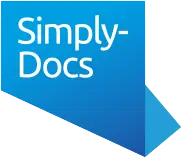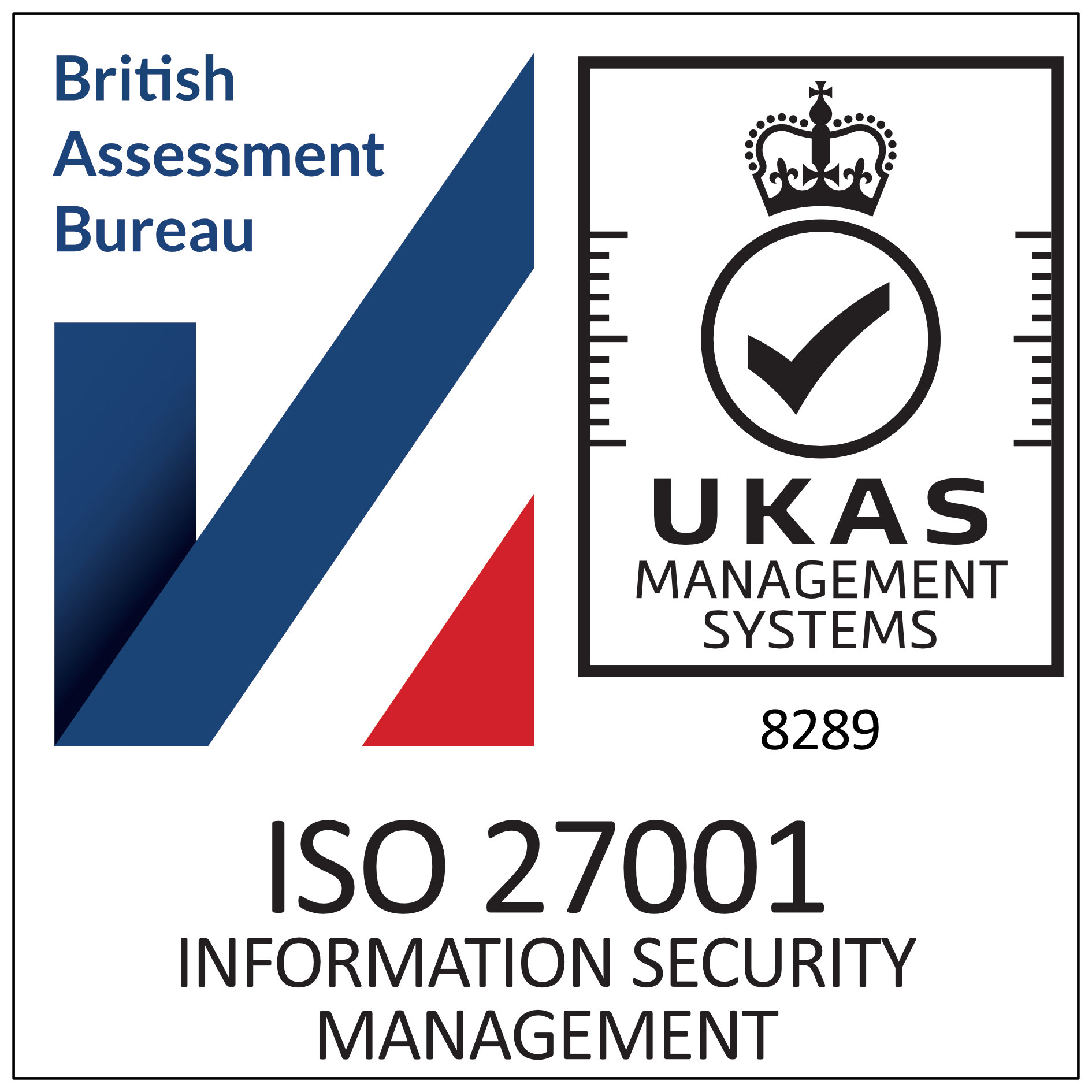Premium and reverse premiums in leases and assignments of leases
Rack rent lease or lease granted for a premium?
Commercial leases are usually granted at a “rack rent”, i.e. a market rent, with no premium payable.
However, longer leases (e.g. a 99 year lease) tend to be granted for a premium, i.e. an up-front capital payment by the tenant, with only a nominal rent being charged (e.g. £10 or a peppercorn). This is because a long leasehold interest is very close to a freehold interest. Occasionally, a premium will be charged for the grant of a short lease.
Our template leases include an optional clause where details of any premium can be inserted. This in clause LR7 of the prescribed particulars that appear at the front of every lease template.
Assignments
When a lease is assigned (i.e. sold) to a new tenant, there is usually no premium paid by the new tenant. However, an assignment of a long lease would usually attract a premium because it is similar to a freehold sale.
Sometimes a short lease will be granted or assigned for a premium, e.g. if the lease is particularly attractive because of its low rent or the location of the premises.
Our template Deeds of Assignment contain optional wording referring to a premium being paid by the assignee (buyer) to the assignor (seller).
Reverse premiums
If a lease is onerous in some way, perhaps because the rent is higher than a market rent, or there is something undesirable about the premises, the landlord (when the lease is granted) or the outgoing tenant (on an assignment of the lease) might offer a “reverse premium”. This is a payment by the landlord (or the assignor) to the tenant (or the assignee) to take the onerous property off his hands.
Tax implications of premiums and reverse premiums
The VAT and stamp duty land tax (SDLT) treatment of premiums and reverse premiums is not straightforward and professional tax advice should be sought for transactions involving such payments.


